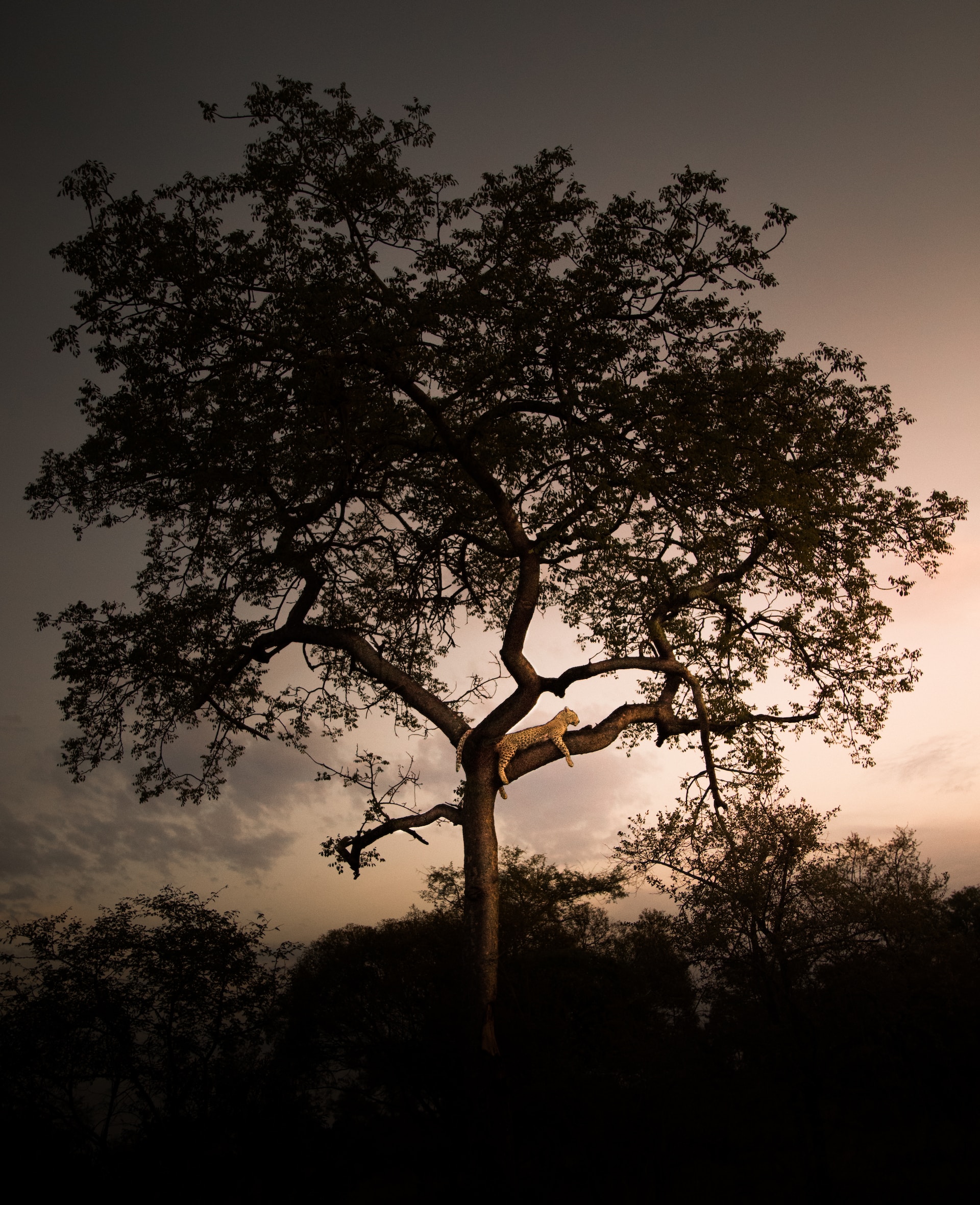In Awe of the Wild: Exploring the Marvels of Wildlife
In the vast tapestry of our planet’s ecosystems, wildlife stands as a vibrant and indispensable thread. From the towering elephants of the savannahs to the microscopic organisms hidden in the depths of oceans, the diversity and wonder of wildlife continually astound and captivate us. Wildlife encompasses the entirety of Earth’s living creatures, adding an invaluable dimension to our existence that transcends mere existence and dwells in the realm of awe-inspiring magnificence.
The Symphony of Biodiversity
Imagine a world without the symphony of biodiversity. It’s a world where the melodic chirping of birds at dawn fades into silence, where the majestic roar of a lion reverberates no more, and where the fluttering dance of butterflies becomes a forgotten memory. This multitude of life forms isn’t just a spectacle for the eyes; it’s an intricate web of interconnectedness that sustains life itself.

Each species, regardless of its size or visibility, plays a crucial role in maintaining the delicate balance of our ecosystems. From pollination to nutrient cycling, every organism contributes to the functioning of nature’s intricate machinery. Take, for instance, the humble bees—tiny creatures with an immense impact. They diligently pollinate crops, ensuring the continuity of food sources essential for both wildlife and humans.
Ecosystems as Living Canvases
Wildlife isn’t confined to a specific corner of the world; it’s an integral part of diverse ecosystems, each a masterpiece crafted by the interplay of flora and fauna. Rainforests teem with life—vibrant hues of parrots, elusive jaguars prowling silently, and the intricate network of tree roots hosting countless organisms beneath the canopy. The Arctic tundra, in its stark and seemingly desolate expanse, shelters resilient creatures like the polar bear, adapted perfectly to the extreme cold.
Moreover, wetlands, mangroves, coral reefs, and grasslands all serve as unique canvases where wildlife paints its essence. These ecosystems aren’t just repositories of life; they provide essential services like carbon sequestration, water purification, and climate regulation, offering indispensable support to human well-being.
The Threatened Symphony
Despite its importance, wildlife faces an escalating threat—human activities like deforestation, pollution, climate change, and poaching pose significant challenges. Species extinction rates are soaring, leading to irreversible consequences. The haunting specter of vanishing species—be it the regal Bengal tiger or the delicate black rhinoceros—calls for immediate action and collective responsibility.

Conservation efforts, however, offer a glimmer of hope. Dedicated individuals, organizations, and governments strive tirelessly to protect and restore habitats, enforce wildlife protection laws, and raise awareness about the critical need for conservation. The resurgence of certain species from the brink of extinction, such as the bald eagle in the United States, stands as a testament to the efficacy of conservation measures when backed by determination and collective action.
The Human-Wildlife Connection
The bond between humans and wildlife transcends the utilitarian aspects of resources or ecological services. It’s an emotional connection rooted in wonder, admiration, and spiritual enrichment. Wildlife serves as a wellspring of inspiration, driving artists, writers, and scientists to explore, study, and emulate its splendor.

Furthermore, nature’s therapeutic effects on human well-being are undeniable. Studies repeatedly emphasize the calming influence of nature on mental health, highlighting the role of wildlife in alleviating stress and fostering a sense of connection and belonging.
Preserving the Legacy
Preserving wildlife isn’t just a choice; it’s a responsibility we owe to future generations. Each of us can contribute, be it through conscious consumption, supporting ethical wildlife tourism, or actively participating in conservation initiatives. Education and awareness are paramount—instilling an appreciation for wildlife in younger generations ensures a legacy of stewardship and compassion towards the natural world.
In conclusion, wildlife isn’t just a collection of species; it’s the heartbeat of our planet. Its existence enriches our lives, sustains ecosystems, and kindles our curiosity and imagination. Protecting and cherishing wildlife isn’t merely an option; it’s an imperative if we seek to safeguard the planet’s biological heritage and ensure a harmonious existence for all life forms, including our own.
If you enjoyed this read, check out our other posts.













What do you think?
Show comments / Leave a comment